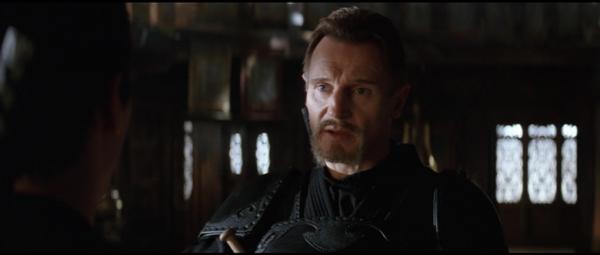Hello again, VYWs (and all other writers)!
This is totally unrelated, but do you remember Ship’s Log by Brandis, that little Alen’s War fanfic I wrote (except it’s canon because I wrote it and I’m the author)? Well, school is done, and I finally wrote part two on Figment. Go check it out.
Now, let’s talk for a minute about characters. You probably know by now that I like ranting about what makes a good or bad character, but writers rarely talk about the basics. However, the question is worth asking: what jobs should characters do in a story?
That depends on many things. Characterization has a lot of sub-categories and requirements, and not every character adheres to every one of those requirements (after all, sometimes we break the rules). There is so much more to writing characters than I can put down here… but it can be simplified. You can find a few components in almost every single character ever written, and those components just depend on what role the character plays in the story. For now, let’s look at the two most basic roles: the protagonist and the antagonist.

The Protagonist (usually, the good guy)
The protagonist is the main character (who is probably also the hero and your viewpoint character). A protagonist should do three things:
- Be likeable
- Work to reach a goal
- Have a “eureka!” moment where they discover the truth
Now for some explanation. Being likeable just means that readers have to like the character; otherwise, they won’t stick around to see what happens to him. A good example is Gru from Despicable Me (who isn’t actually a good guy!). He may be a cruel, mastermind-y sort, but he’s likeable because he wants to prove himself to his mom and, later, to his little girls. That’s something with which we can all identify.
Having a goal means that the protagonist doesn’t sit around and do nothing, but stands up and tries to get the thing that she wants. For example, Heidi (of Heidi fame, obviously) has one goal: to make people’s lives better, and she works toward it no matter where she is. She makes friends of the goatherd Peter, encourages Clara to learn to walk, and brings her grandfather back to God. As a reward for working toward her goal, Heidi ends up with a group of lifelong friends.
The “eureka” moment is a scene that happens somewhere between the middle and the ending of the story, when the protagonist has to realize the truth she has been missing all this time. Rapunzel from Tangled is a good example. She thinks her dream was to discover what the real world is like, but at last she realizes that she was really searching for her true family all along. And she finds it, with the king and queen and with Flynn/Eugene.
Antagonist (usually, the bad guy)
An antagonist, usually a villain, has a few different requirements:
- Be understandable
- Cause trouble for the protagonist
- Be a different version of the protagonist
Being understandable means that while we don’t necessarily have to like the bad guy (although likeable bad guys are fun too), we should understand why he does what he does. For example, nobody actually likes the Elvenking from The Hobbit book. He’s generally nasty and not very helpful to Thorin and Company. But we do understand why the Elvenking wants Thorin’s gold: he thinks that the dwarves of the Mountain had stolen some gems from him, and he wants them back.
Causing trouble means that the antagonist’s goal is totally opposed to the protagonist’s. For example, in the movie Brave, Queen Elinor (who is an antagonist, but not really a bad guy) wants Merida to marry into one of the clans to preserve peace. That’s opposite to what Merida wants, namely, to stay single and let her hair flow in the wind as she rides through the glen firing arrows into the sunset. (Did you see what I did there??) Neither of those goals is absolutely wrong or absolutely right, but they are completely opposite to each other. This is what causes the conflict.
Being a different version of the protagonist means that the antagonist should be like the hero in some way, only gone wrong. This is a little harder to do, but it adds depth to a story. Star Wars is a spectacular example. Luke and Anakin both have the chance to be the Chosen One, the one who would restore balance to the Force. They both save the galaxy multiple times, they both train as Jedi with Obi-Wan/Ben Kenobi… they even use the same lightsaber. But Anakin chooses the Dark Side and becomes Darth Vader, while Luke chooses to do the right thing. Same character type, different decisions- like two sides of a coin.
So that sums it up.
There are many more ways to characterize the protagonist and antagonist (like backstory ghosts, character moments, and quirks) and many more kinds of characters (like antiheroes, impact characters, and love interests), and obviously I can’t list them all here. But the protagonist and antagonist are a good start. Characterization is complex, but it doesn’t have to be. Ultimately, your characters should seem real enough for the reader to go on the journey with them, and if these lists of three components help you do that, awesome.
Now get back to writing!




















